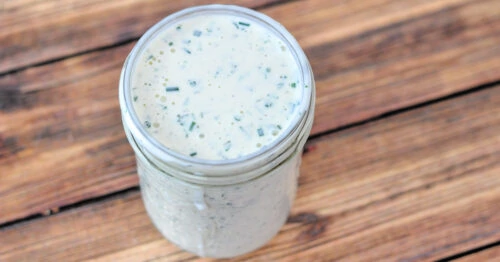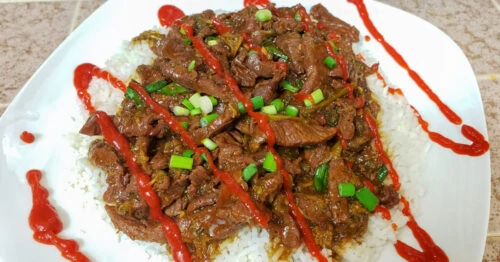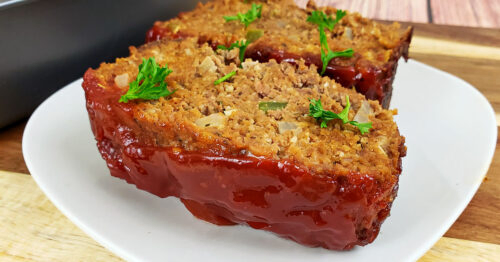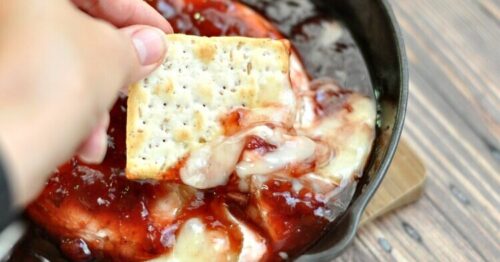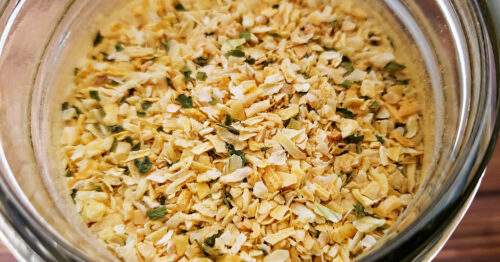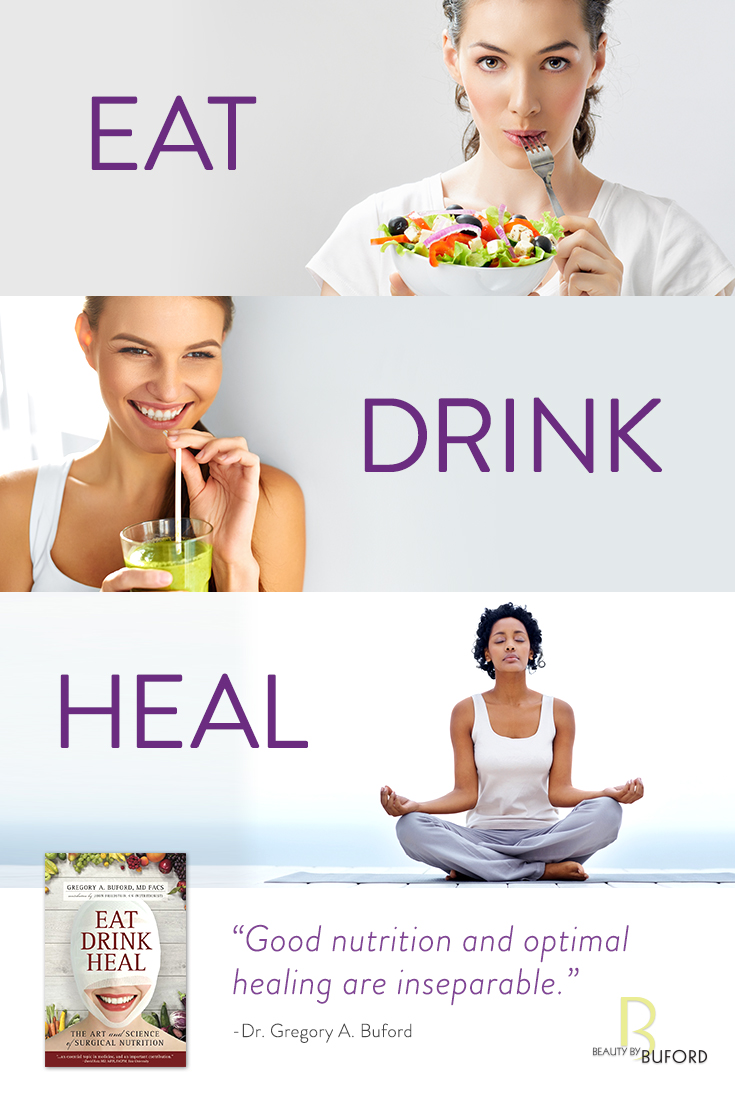
Thank you to acclaimed surgeon Dr. Gregory A. Buford for contributing and sponsoring this wonderful guide on what to make and eat during surgery.
If you are scheduled to have surgery, there are probably three things you want most of all: a safe procedure, a quick recovery and a successful outcome. What you’ll eat after you get home is probably one of the last things on your mind.
Here’s the thing: if you want to heal quickly and reap the full benefits of your procedure (whether that is a fully functional knee, a new nose or improved cardiovascular function), your diet after surgery should be a priority.
Good nutrition and optimal healing are inseparable.
Healthy nutrition facilitates healing in several key ways. Nutritious food provides the “building blocks” your body needs to rebuild tissues affected by your operation.
Eating the right foods can also help speed healing by flushing out waste, minimizing post-operative swelling, calming inflammation in the body and giving you the energy to cope with recovery and feel like yourself ASAP after surgery.
As a physician and board certified plastic surgeon, I’ve seen the difference that healthy eating makes for my own patients after their plastic surgery procedures—they get back to work faster, they experience less swelling and bruising, and their scars heal more quickly and look better once healed.
Unfortunately, patients tend to receive little if any guidance from their surgeons on post-op nutrition. So I wrote a book. Eat, Drink, Heal: The Art and Science of Surgical Nutrition is a comprehensive nutrition guide specifically for surgical patients, based on sound, scientific research on the healing powers of food.
The tips and recipes below are from the book.
What should you eat after surgery?
In general, you want to select meals that include the right balance of whole, unprocessed foods:
- High-quality protein. Adequate protein intake is critical for tissue repair. Protein also aids in fluid removal, helping to keep post-op swelling in check. Choose free-range, organic meats and poultry, or non-GMO vegetarian sources.
- Essential fatty acids (EFA’s). Healthy fat is essential to transport vitamins and minerals to your cells and providing energy. Choose natural fat sources that include Omega-3 fatty acids and monounsaturated fat, such as wild-caught salmon, olive oil, raw nuts and seeds.
- Organic fruits and veggies. Fresh produce is loaded with vitamins and minerals that are essential for cellular function in the body, and contains fiber, a key macronutrient after surgery— fiber alleviates constipation, a common post-op side effect. Certain soluble fibers also serve as a “prebiotics,” helping immune-boosting good gut bacteria flourish.
Sugary drinks, fast foods and sweets are devoid of nutrients and can actually increase inflammation in the body, potentially hindering the healing process.

Healthy meals you can make ahead of time
Having surgery isn’t too different from completing an endurance event. You will be sore and tired for several days—the last thing you’ll feel like doing is cooking. Tack onto that any restrictions on activity, and you have a recipe for ordering takeout, or not eating at all.
You can easily avoid this pitfall by prepping healthy meals before your procedure and popping them into the freezer. Here are a few of my favorite make-ahead recipes from Eat, Drink, Heal.
Chicken Soup
Homemade soups are among the best meals to have on hand after surgery. They’re comforting and easy on the stomach, full of quality protein and micronutrients, and will help you stay hydrated.
This chicken soup recipe is excellent and makes enough for several meals. Make it before your procedure, portion and freeze. Then all you have to do is thaw, heat and eat!
- 1 kosher,free-range or organic chicken
- Water
- 1 tablespoon virgin olive oil
- 5 celery stalks, coarsely chopped
- 5 carrots, peeled and coarsely chopped
- 1 yellow onion, finely chopped
- 3 cloves garlic, finely chopped
- 1 teaspoon thyme
- 3 bay leaves
- ½-1 teaspoon black pepper
- 1 cup white wine
- Sea salt (to flavor as needed)
Wash chicken (removing any organs, as necessary), then place on a cooking sheet. Brush lightly with oil, and bake at 375 degrees Fahrenheit for 20-25 minutes until the skin begins to turn a light golden brown.
Remove from oven, and allow the chicken to cool for about 10-15 minutes. Place in a large stockpot, cover with water and bring to a boil. Once boiling, turn down the heat, and simmer for up to 4 hours. Remove chicken, and allow it to cool.
Once cooled, remove all meat, and place in a separate dish. Return the bones, skin, and remaining fat to the same pot, and cover with water. Bring to a boil, and then continue to simmer.
In a separate pot, add the olive oil, celery, carrots, onion and garlic, and sweat the vegetables on medium heat until they turn translucent (about 10 minutes). Add thyme, bay leaves, white wine and pepper. Add chicken meat. Cover with water as needed. Bring to a boil, and then reduce to simmer uncovered until fluid is reduced by about ½ of its original volume.
Once the other pot (water/chicken bones, skin, and fat) has simmered for about 3 hours, strain all solids from this pot, and add the fluid to the pot containing the vegetables and meat. Continue cooking at a simmer for about 30 minutes. Salt to taste.
This chicken soup can be frozen in reusable containers and used as needed. In addition, I often add wild rice to the soup to create a heartier meal and bump up the protein content.
Make your own protein shake
Depending on the type of procedure you are having, you may not feel like eating much at all for several days. Protein shakes can be a fantastic meal replacement, and are easy to customize to your taste and dietary preferences. But since most packaged shake mixes are bogged down with sugar and artificial flavors, and don’t taste great either, we suggest making your own instead.
Here’s our formula to ensure a good balance of nutrients to fuel the healing process:
- Liquid base (8 to 14 oz.) Purified water, freshly squeezed juice or unsweetened almond milk are good options.
- Protein (20 to 30 grams) Choose a high-quality protein powder, such as whey, pea, rice or hemp.
- Healthy carbs (½ cup each) A blend of fruits and veggies are best (such as mixed berries and leafy greens) to maximize micronutrient intake and minimize sugar content.
- Healthy fats (1 to 2 tablespoons) Nut butter, coconut oil, avocado, etc.
- Fiber (1 tablespoon) Ground flaxseed or chia seeds.
- Spices (to taste) Adding spices like cinnamon, ginger, turmeric or even cacao to your smoothie can perk up the flavor and add antioxidants.
Buy your ingredients before your procedure. Then chop, portion and freeze (if necessary) the fruits and veggies you want to include, and portion out the fats, fiber, and spices you want to include so all you have to do after surgery is throw the ingredients in a blender and drink.
Get ready to eat, drink and heal
There’s a big difference between healing and healing well. Ignore your diet, and your healing process will be slower, your risk for complications may increase and you won’t feel as good. Eat the right foods in the right amount, and you will bounce back more quickly and improve your overall health in the process.
I hope you’ve found these tips and recipes helpful, and if you or a loved one are preparing for surgery, I encourage you to invest in a copy of Eat, Drink, Heal, available on Amazon.
——
About Dr. Buford
Dr. Gregory A. Buford is a Denver-based board certified plastic surgeon and founding Medical Director of BEAUTY by BUFORD. He is the lead author on the plastic surgery practice management text, Beauty and the Business, which was released in January of 2010. Dr. Buford has also authored Eat, Drink, Heal: The Art and Science of Surgical Nutrition, which was published in 2016, and compiled the e-book Girlfriend’s Guide to the Vagina.
Dr. Buford’s practice is dedicated to providing safe, innovative, and comprehensive cosmetic care to men and women all over the country. With a focus on total wellness and optimal healing, Dr. Buford treats underlying concerns to provide long-lasting results safely.
The medical information in this book is provided as an information resource only, and is not to be used or relied on for any diagnostic or treatment purposes. This information is not intended to be patient education, does not create any patient-physician relationship, and should not be used as a substitute for professional diagnosis and treatment.
Please consult your healthcare provider for an appointment, before making any healthcare decisions or for guidance about a specific medical condition. Dr. Gregory A. Buford, BEAUTY by BUFORD, and Core Aesthetics Publishing expressly disclaims responsibility, and shall have no liability, for any damages, loss, injury, or liability whatsoever suffered as a result of your reliance on the information contained in this book.

